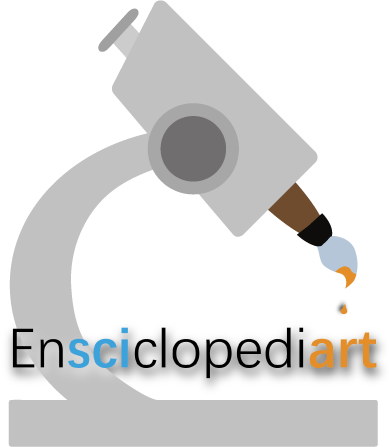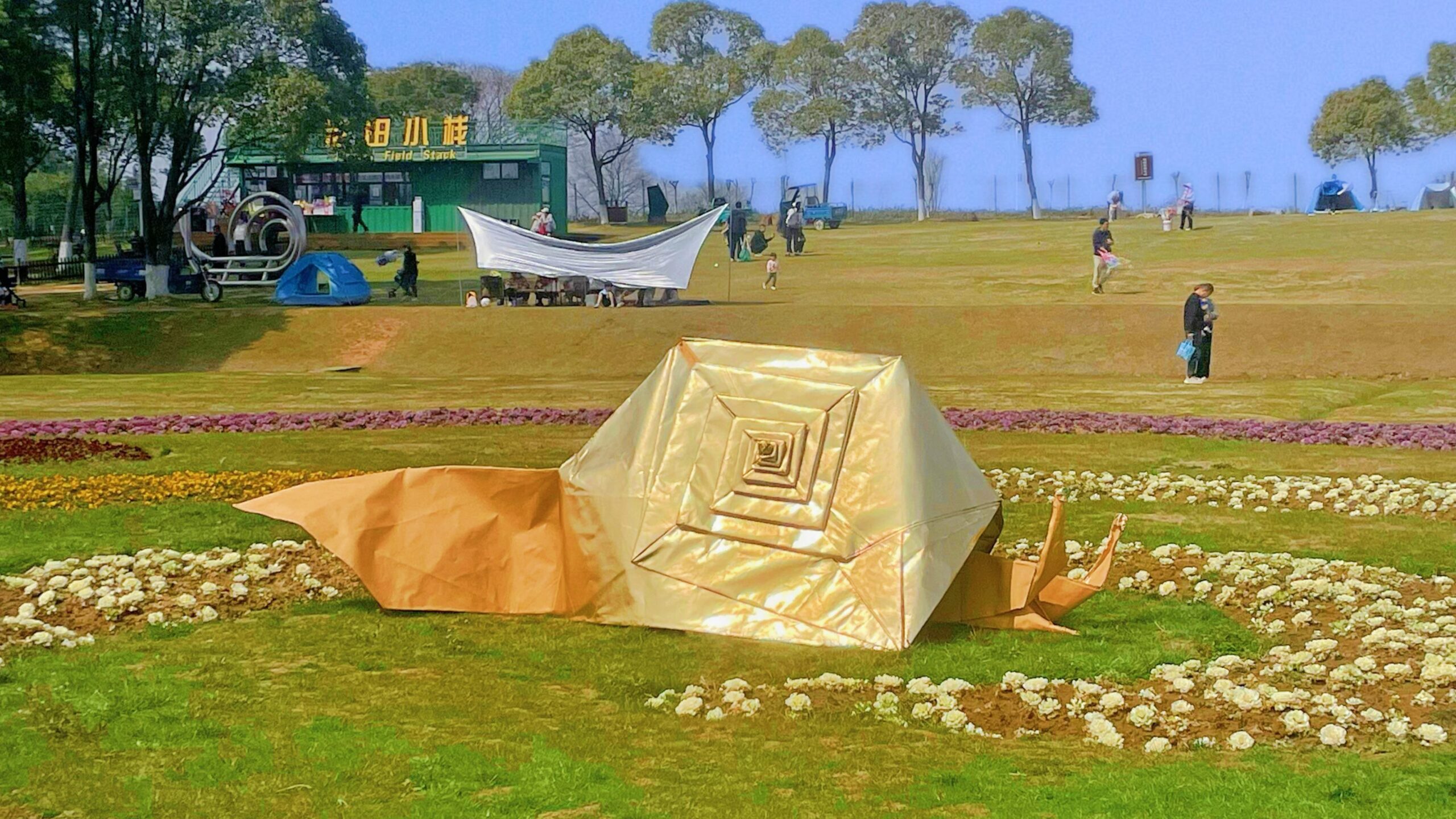Between Massachusetts Avenue and the Stratton Student Center at MIT sits a giant, lonely man in white. From afar, the man seems to be hugging his knees. But as you approach it, you can start to see that the figure is not a man at all, but instead intricately sculpted mathematical symbols shaped like one. The core is hollow, and students take advantage of this by holding photoshoots inside of the figure.
“Alchemist” is one of many public sculptures created by Spanish artist Jaume Plensa. With a medium of painted stainless steel, it was a gift to honor MIT’s 150th anniversary after an anonymous alumnus commissioned Plensa. The sculpture not only emphasizes the STEM culture at the institution, but also adds to its vibrant and distinctive art scene. It’s currently one of the staple artworks on campus.
I find the piece itself to be quite elevated in concept. It manages to take abstract mathematical symbols and piece them together in an elegant puzzle. That puzzle, to me, is humanity– specifically the way in which humans tackle enigmas and problem sets through scientific problems, be it math, engineering, or physics. The man is looking up, almost like he’s thinking and working out the problem he’s currently trying to solve. The man has immersed himself in the problem for so long that those symbols flow around him and become more than just simple variables or numbers. I think he’s trying to explain the importance of thought in math & sciences when it comes to expressing our humanity.
“Alchemist” is not Plensa’s first work of such scale and concept. He’s made many other stainless steel sculptures based on the geometries of shapes and symbols. These contemporary works span globally and are famously interactive. Try going inside the core of one of these statues, and you’ll notice each and every symbol and wonder how long it took for Plensa to individually weld them together. And if you’re a college student, maybe this specific sculpture will remind you of lectures where dozens of concepts and definitions are thrown at you with no room to breathe. These sculptures are some of the coolest of Plensa’s work in my humble opinion.

Of course, Plensa’s other works are just as notable. One of his recurring styles happens to be stretched out human portraits in precast concrete. In 2009, his “Dream” became one of the most iconic sculptures in England.
Plensa’s works showcase the highest form of artistry as they are interpretive and emotional while maintaining technical mastery. As a public artist, Plensa manifests his dedication to art and humanity by putting his works out in the open. “Alchemist” is just one example, an example I find to be one of his finest works. At the end of the day, in a place where some of the brightest STEM students live, Plensa’s work reminds us that the human spirit and artistic expression are vital partners to science and mathematics.






